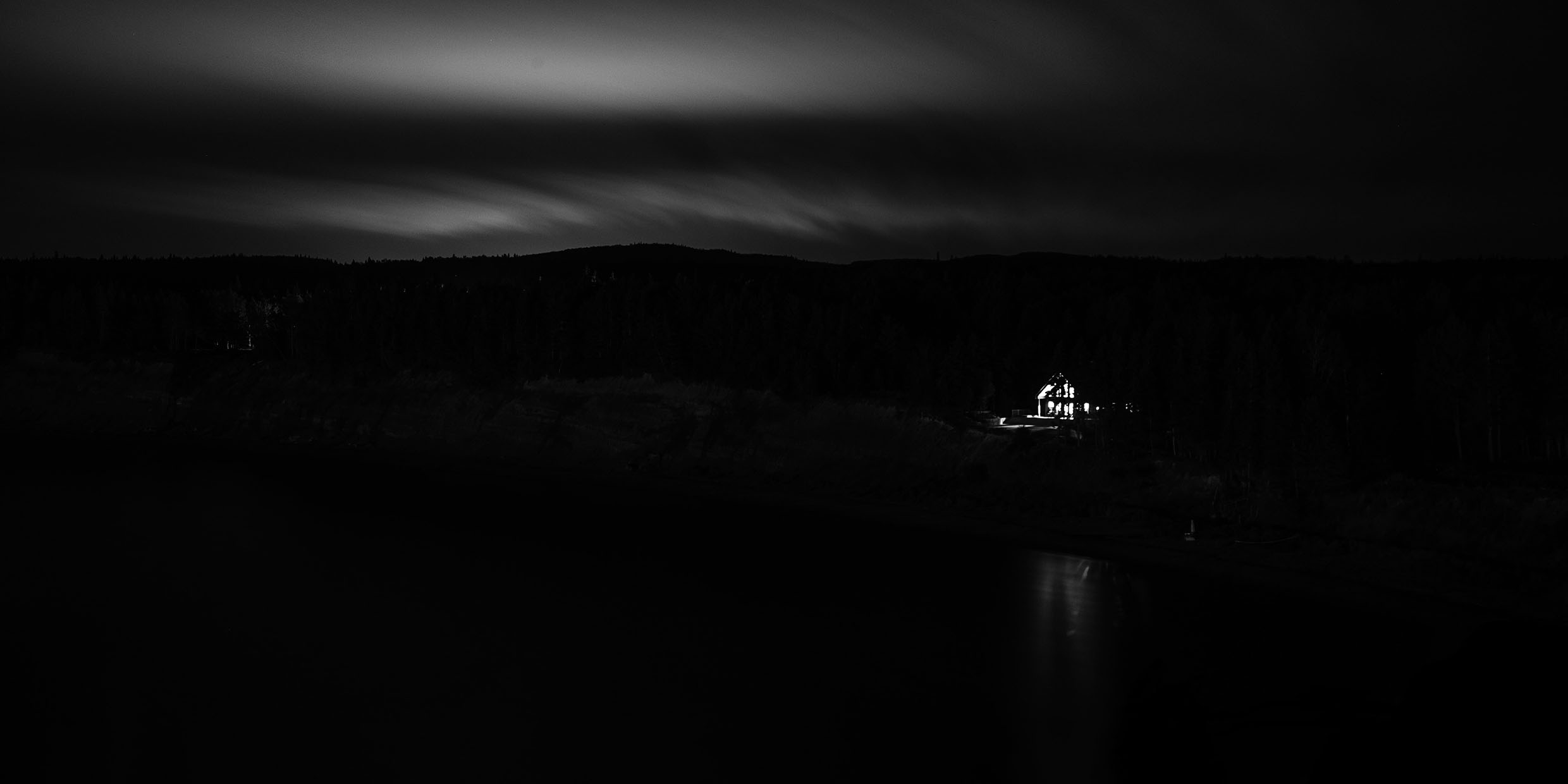Originally published 7 May 2006
In many ways my mother’s funeral was a joyous occasion — a time to celebrate her life, to celebrate family. A time, too, to think about death. She was the last of her generation, and died in hope of heaven. I am the oldest of the next generation, agnostics mostly. That puts me on the leading edge — of oblivion.
Well, let’s not get morbid. With a little luck, my twilight years will be golden, and every one of those years is a gift of science. I am past the age of my father’s death, and well past the age that my grandfathers died.
A century ago, the average male lifetime in the United States was 45 years. Today it’s in the 70s — and rising. Never before in history have so many of us had the expectation of a ripe old age.
The average lifetime won’t rise forever, of course, at least not without some genetic jiggering. There are biological clocks ticking in every cell of our bodies. Our cells are fated one-by-one to die, each at its appointed time, until finally the entire colony expires.
For multi-celled creatures like ourselves, death is not the opposite of life; death is part of life.
Single-celled organisms are potentially immortal. With an appropriate environment and nutrients, bacteria can live forever, Hayflick notwithstanding. Genetically programmed, inevitable death appeared rather late in the history of life, just 600 million years ago, at the same time as sex and multicellularity. In recent decades scientists have begun to understand that if you want to have creatures with eyes and ears, brains and backbones, gonads and gods, then you gotta have death, too.
Writing several years ago in the journal Nature, biologist Gerry Melino noted that an individual cell in a multicellular organism can do one of three things — divide, specialize, or commit suicide. If division and specialization occurred without cell suicide, an 80-year-old person would have 2 tons of bone marrow and a gut 16 kilometers, or 10 miles, long, said Melino.
The whole business of building and maintaining a multicelled organism is a genetically orchestrated dance of cell division and cell death. For example, as a human embryo develops, the extremities of the limbs first look like stumpy ping-pong paddles. Then cells start to selectively die in a way that turns the paddles into hands and feet with digits. We have fingers and toes because certain cells were programmed for suicide. The Grim Reaper has an alternate role as a Michelangelo who releases the statue’s form from within the block of marble.
Sooner or later, however, in multi-celled creatures, the reaping runs ahead of the shaping and we experience senescence, the physical decline of old age. Scientists are not sure how or why senescence evolved, but humans are the only creatures for which it makes much difference. For other animals and plants (including ourselves until recently), death by accident or violence was a more likely fate than doddering old age. If evolution never selected against senescence, it may be because it never had a chance to do so.
But I live in a civilization that has invented antibiotics and childproof caps, vaccinations and seat belts, sterile parturition and the ABM Treaty. It is possible that I will collect my Social Security check for another 10 or 20 years. This is a huge new thing in the history of life: Not nature red in tooth and claw, but Centrum Silver and senior aerobics.
For most of the history of our race, death came as a bolt from the blue — a snake bite, an impacted tooth, a bash on the head by the warrior next door, starvation. There was an apparent arbitrariness to the circumstances, and our ancestors were quick to invoke the intervention of gods or malevolent spirits, and to imagine that the interruption of life was only temporary. The idea of personal immortality may have been a response to the iffiness of life.
Now, with the benefit of medical science and the orderly assistance of civilized society, we live long enough to see that mortality is a necessary part of the plan, a corollary of life that is built into every cell of our bodies. This is all rather too new for us to have yet assimilated the idea. By and large, our cultural and religious responses to death are the products of a time when only the lucky survivor experienced senescence — when the Grim Reaper with his glistening scythe was a more continuous presence in our lives than the Michelangelo with his artful chisel.
Only a few thoughtful philosophers and scientists have been brave enough to absorb the lessons of genetically programmed cell death. Personal mortality is the price we pay to exist at all as unique, complex, multi-celled, sexually active, thoughtful individuals.
Death is life’s necessary partner, endlessly creative.



